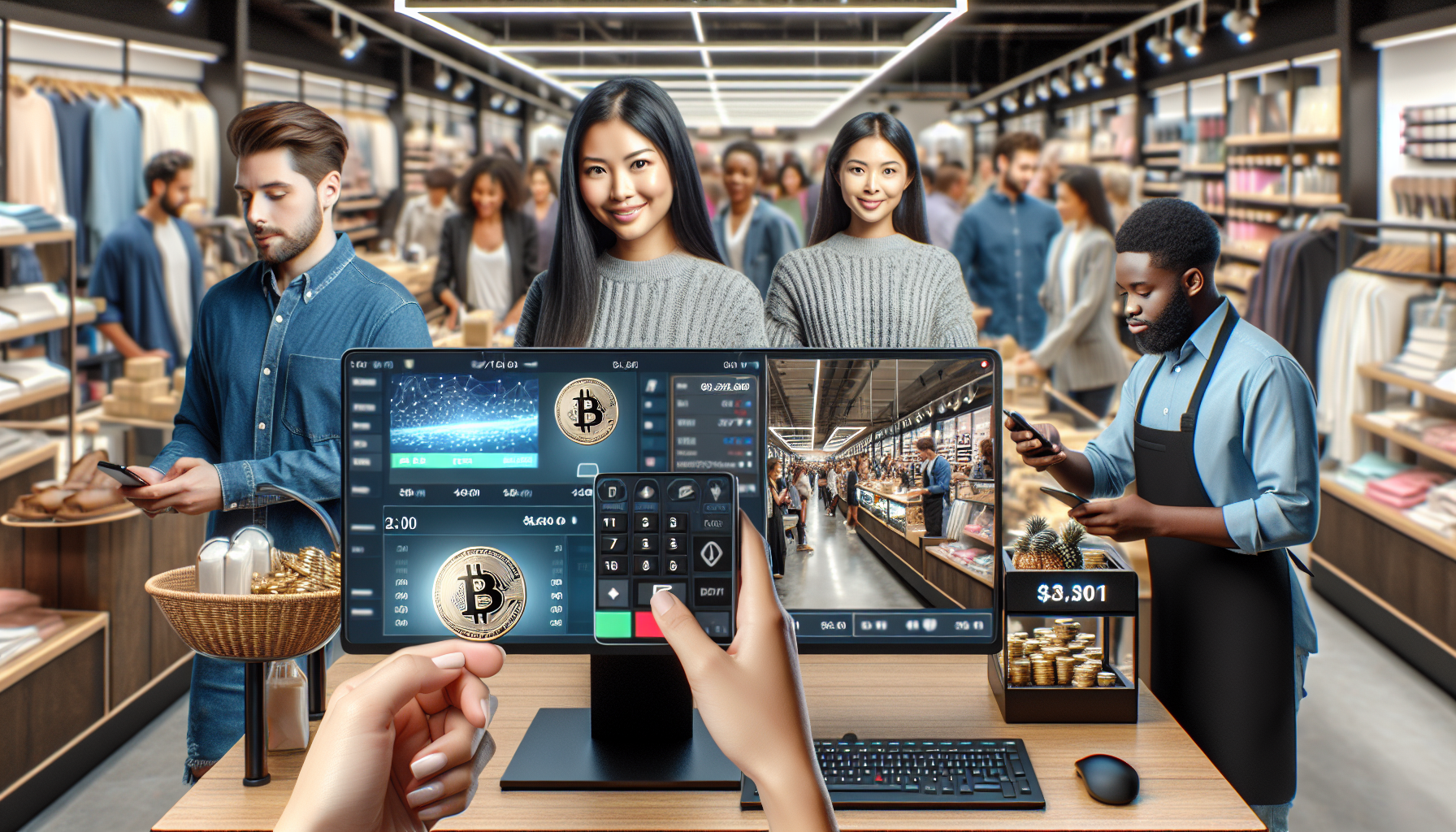
tl;dr
**XRP Eyes Explosive Growth Amid $84 Trillion Wealth Shift and BRICS Recognition**
Buckle up—XRP might be about to go nuclear. That’s the bold prediction from one analyst, who sees a perfect storm of factors aligning to propel the cryptocurrency into the spotlight. At the center of this potential...
**XRP Eyes Explosive Growth Amid $84 Trillion Wealth Shift and BRICS Recognition**
Buckle up—XRP might be about to go nuclear. That’s the bold prediction from one analyst, who sees a perfect storm of factors aligning to propel the cryptocurrency into the spotlight. At the center of this potential breakout? A seismic $84 trillion wealth transfer, one of the largest financial shifts in history, set to reshape how money moves over the next two decades.
Here’s the catch: this transfer isn’t just about numbers. It’s about generations. Studies show Millennials and Gen Z are far more open to crypto than older investors, who’ve long leaned on stocks, bonds, and real estate. As baby boomers pass on fortunes, younger heirs are likely to channel their inheritances into assets like XRP—especially if they’re drawn to its real-world utility.
XRP’s secret sauce? Its role in the global payments game. Unlike many cryptos that sit in wallets, XRP powers low-cost, instant cross-border transactions. That’s caught the eye of banks, fintechs, and even central banks eyeing digital currencies. Ripple, the company behind XRP, has already partnered with institutions like Santander and American Express, proving the network’s scalability and speed.
But the plot thickens. Earlier this month, a crypto researcher dropped a bombshell: the XRP Ledger (XRPL) was explicitly cited in an official BRICS report on developing a potential BRICS cryptocurrency. BRICS—Brazil, Russia, India, China, and South Africa—has been pushing to reduce reliance on the U.S. dollar and modernize international finance. If XRPL is on their radar, it’s not just for show. The ledger’s ability to process transactions swiftly and cheaply aligns perfectly with BRICS’ goals of creating a digital currency to rival the greenback.
This isn’t just hype. It’s a sign that XRP is gaining traction in circles that matter. Even if XRPL doesn’t end up powering a BRICS coin, its inclusion in the report cements its credibility as a backbone for global financial innovation.
Meanwhile, macroeconomic tailwinds are stacking up. With inflation and debt levels soaring, fiat systems are under pressure. Investors are fleeing to assets with tangible use cases—and XRP, with its payments prowess, is a prime candidate.
So where does this leave XRP? At the intersection of generational change, geopolitical shifts, and technological adoption. As younger investors inherit trillions and BRICS nations push for financial independence, XRP’s unique position in the payments sector could make it a winner in this high-stakes game.
The question is: will it capitalize on the moment? Or will it fade into the background? One thing’s clear—XRP has the tools, the timing, and the traction to make a move. The only thing left is to watch and see.